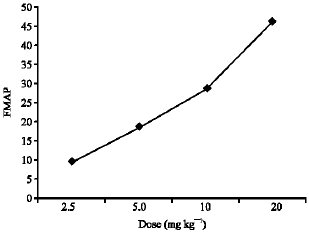Research Article
Hypotensive Effects and Acute Toxicity Property of Methanol Extract of Baissea axillaris Hau. Leaf on Animal Models
Department of Botany
O. Timothy
Department of Botany
E.K.I. Omogbai
Department of Pharmacology and Toxicology, University of Benin,P.M.B. 1154, Benin City, Nigeria
F. Amaechina
Department of Pharmacology and Toxicology, University of Benin,P.M.B. 1154, Benin City, Nigeria












